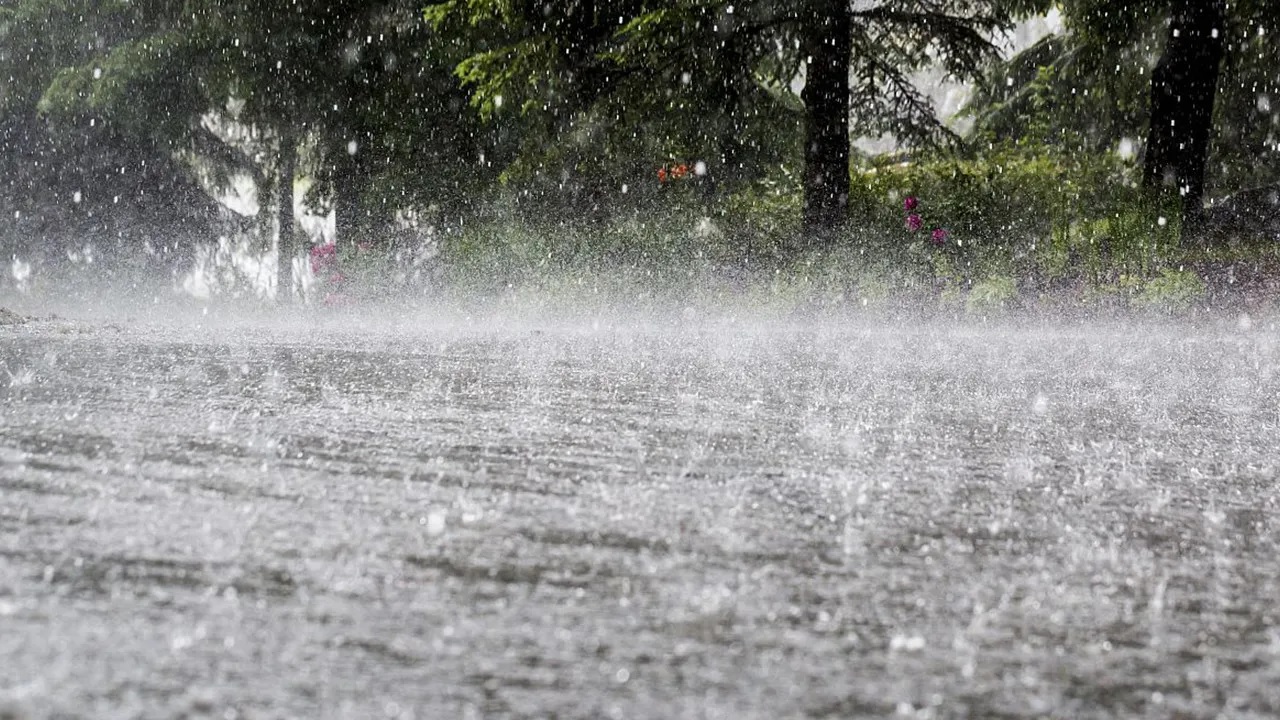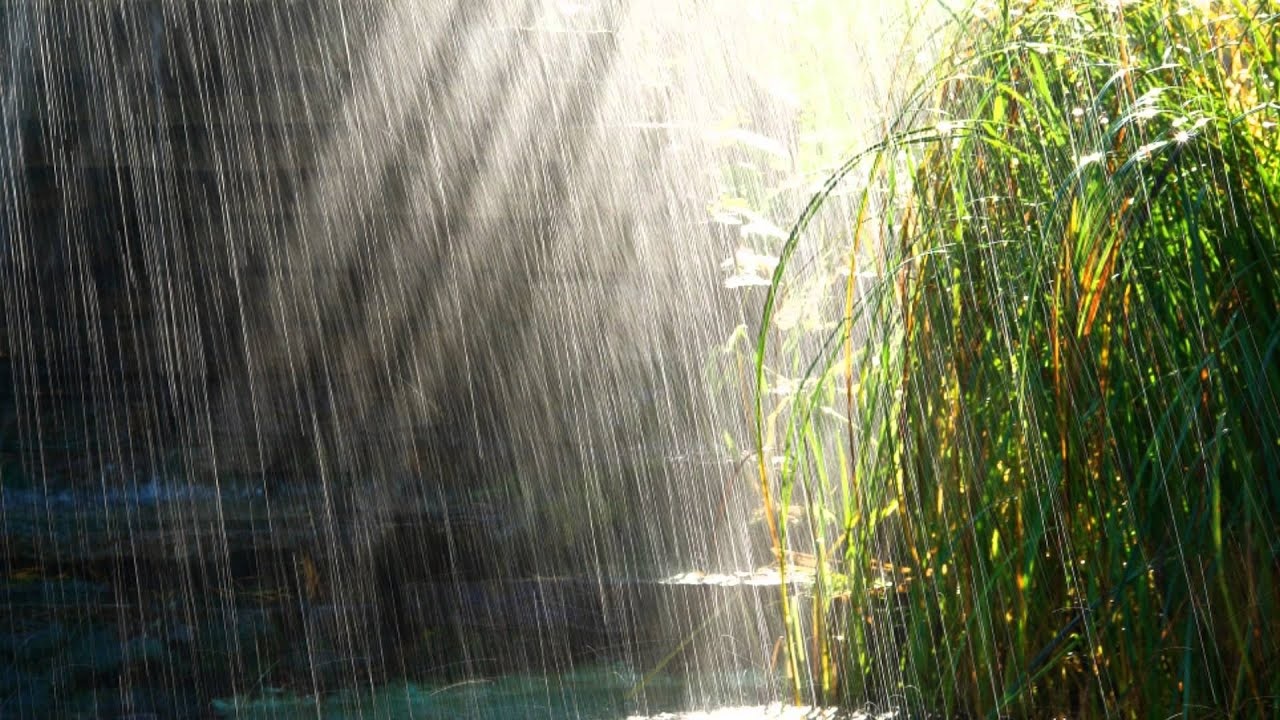Rain is one of the most common weather events for us. It rains in certain periods, and in some periods, not a drop of water falls from the sky. Have you ever thought about how rain is formed? Let’s take a closer look at the water cycle in the world, the types of rain and the regions of rain intensity, through the question of how rain is formed.
All of the flood, landslide and overflow situations that we were warned about in the AFAD statement, which brought our hearts to our mouths, are all caused by rain. Rain is one of the most common weather events for us, but much more than expected. pouring rain can turn into a real natural disaster. Well, have you ever thought about how rain, which is one of the most basic sources of life on earth and sometimes our disaster, occurs?
The formation of rain occurs as a result of the operation of the most basic scientific rules in our world. You can also see situations that cause it to rain while cooking in the pot. The water evaporates, accumulates in the clouds, and rain occurs. Since this cycle occurs in every part of the world, it rains everywhere. Bride how does rain form Let’s take a closer look at the world’s water cycle, rain types and rain density regions.
How is rain formed, what is the water cycle?
How is rain formed?
In addition to water resources such as rivers, streams, seas and oceans, there is also a certain amount of moisture in the soil. With the effect of temperature, these waters evaporate. When water vapor, which is the gaseous state of water, rises from the ground, it clings to the first cloud it sees. As the gaseous water cools, it returns to its liquid state and forms droplets in the cloud. When these droplets become too heavy for the cloud to carry, it rains.
The formation process of rain occurs as a result of the operation of the most basic scientific rules. If the process of forming the rain seems complicated You can do an experiment right away at home. Put water in the pot, turn on the bottom and close the lid. The water will slowly start to boil and the gaseous water vapor will accumulate on the lid of the pot. The gas molecules will combine with the cold air they take from the top, turning into a liquid state. When the drops can no longer cling to the lid, they will fall off. Here is the formation of micro rain.
What is the water cycle?
The main reason for the formation of rain is the Earth’s water cycle. This water cycle a process consisting of the transition of water into different states of matter We can define as. The water cycle process takes place all over the world on the following basic principles;
- Water evaporates from liquid to gas.
- Water is absorbed by the Earth’s atmosphere through plants and trees.
- Ice and snow sublime into gas.
- The transition of gaseous water vapor to liquid takes place in clouds.
- Clouds are formed by dust and other particles in the atmosphere.
- The cycle continues as the water returns to Earth as rain.

Causes of rain:
The main reason for rain is the water cycle on our Earth. water on the earth’s surface, It turns into gas under the influence of heat, evaporates and rises and accumulates in the clouds. The accumulated water vapor turns into liquid again with the effect of cold air and droplets are formed. When the clouds can’t hold the drops, it rains.
Water vapor does not always rise directly into the sky. All the plants and trees around us absorb this water vapor. Absorbed water vapor, when plants photosynthesize reappears and rises again. Even if there are different situations, we can say with certainty that the main reason for rain is that the water on the Earth’s surface turns into gas and evaporates and becomes liquid again and falls on the Earth’s surface.
What are the types of precipitation?
- frontal precipitation
- orographic precipitation
- convectional precipitation
Frontal precipitation:
The further you move away from the Earth’s surface and higher in the atmosphere, the colder the air becomes. Here it is with the cold air above When hot air rising from the Earth’s surface collides A type of rain precipitation called frontal precipitation occurs. It occurs when water vapor rapidly turns into liquid on the front where hot and cold air meet. It is a type of precipitation that is especially common in England.
Orographic precipitation:
With the effect of hot air, water turns into gas and rises by evaporation. However, since this rise is due to the effect of the wind, it is not always straight upwards. Wind, pushes water vapor up a hill Since it cannot penetrate the hill, the water vapor rises towards the top of the hill. Since the water vapor meets the cold air at the border of the hill, precipitation begins at this point. The type of rain precipitation, called orographic precipitation, therefore occurs on high hills.
Convectional precipitation:
Convectional precipitation is also known as torrential rain. Because the sun heats a spot much more occurs as a result of increased regional evaporation. For example, one of the two neighborhoods next to each other gets hotter than the other for the moment and a rapid downpour begins. While one of these adjacent regions is raining, the other may be dry. This situation, which is independent of the general weather, can be experienced anywhere at any time.

The places where it rains the most in the world:
- Emei Shan Mountain, located in Sichuan province of China, receives 8169 mm of precipitation per year.
- Puu Kukui Mountain, located in the state of Hawaii in the United States, receives 9293 mm of precipitation per year.
- The extinct volcano Mt Waialeale, located in the state of Hawaii in the United States, receives an average of 9763 mm of precipitation per year.
- The Big Bog region in the US state of Hawaii averages 10,272 mm per year.
- The village of Debundscha in Cameroon receives an average of 10,299 mm of precipitation per year.
- Located on the Bioko Island of Equatorial Guinea, the San Antonio de Ureca region averages 10,450 mm per year.
- Located in New Zealand, the Cropp River receives an average of 11,516 mm of precipitation per year.
- The Tutendo region in Colombia receives an average of 11,770 mm of precipitation per year.
- The village of Cherrapunji in the Indian state of Meghalaya receives an average of 11,777 mm of precipitation per year.
- The village of Mawsynram in the Indian state of Meghalaya receives an average of 11,871 mm of precipitation per year.
The places where it rains the most in Turkey:
- The eastern Black Sea coast receives an average of 2300 mm of precipitation per year.
- The western Black Sea coast receives an average of 2000 mm of precipitation per year.
- Yıldız Mountains and its surroundings receive an average of 1200 mm of precipitation per year.
- Menteşe region and its surroundings receive an average of 1157 mm of precipitation per year.
- The south-facing slopes of the Taurus Mountains receive an average of 1200 mm of precipitation per year.
- Nur Mountains and its surroundings receive an average of 1100 mm of precipitation per year.
- The Southeast Taurus region receives an average of 1000 mm of precipitation per year.
- Hakkari and its surroundings receive an average of 1000 mm of precipitation per year.
How does rain form? Earth’s water cycle We have listed the places with the most precipitation in the world and in our country by explaining the types of rain and rain. In order to be protected from natural disasters caused by rain, you should listen to the statements made by the authorities and pay attention to the warnings.
